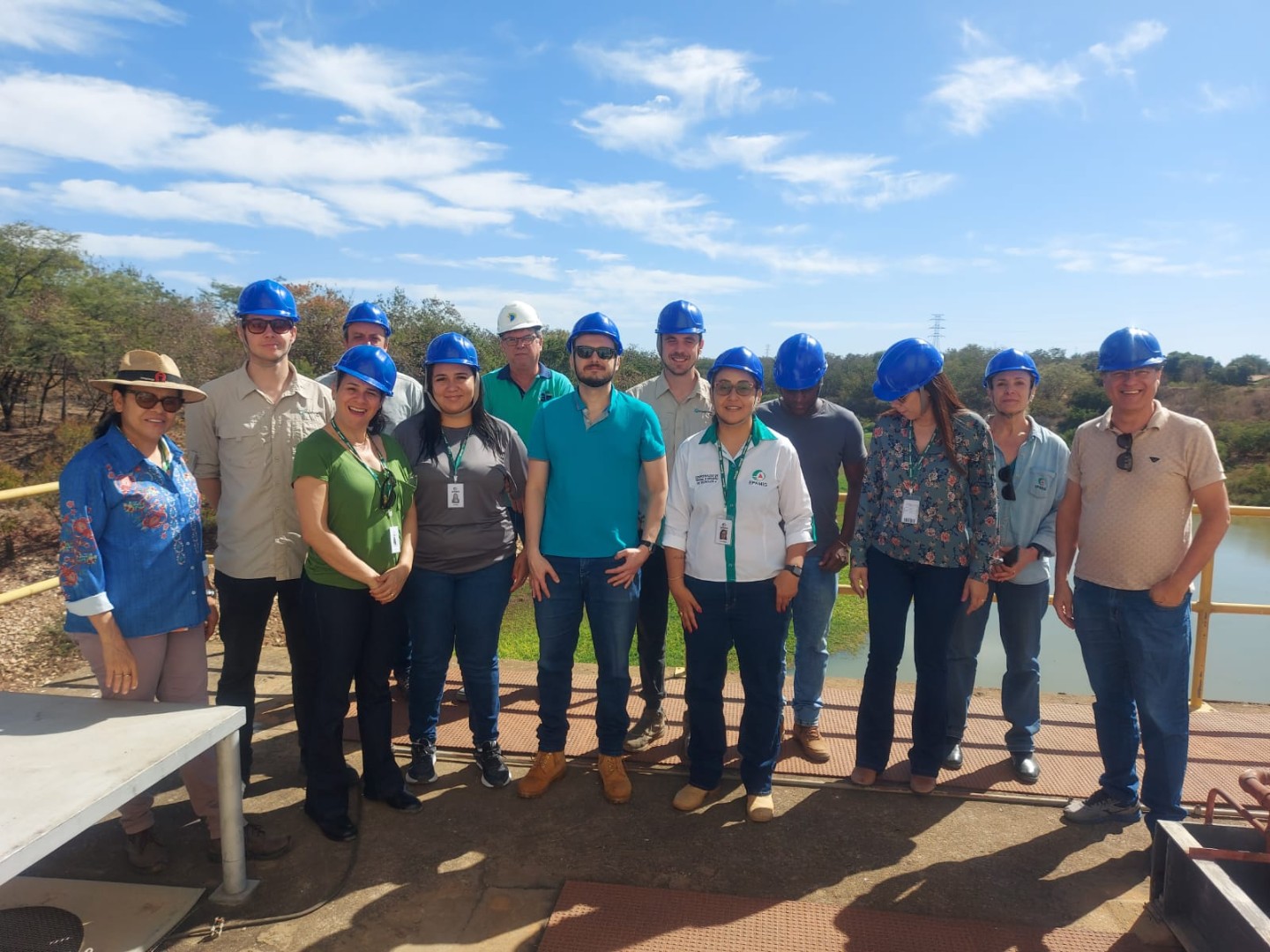Brazil's first Agrivoltaic project will be implemented in Minas Gerais, with consultancy from Fraunhofer
The Minas Gerais Agricultural Research Corporation (Epamig), in partnership with Cemig, will implement the first agrivoltaic project in Brazil, using the know-how of Fraunhofer Chile and its expertise in solar energy.
The agrivoltaic project is part of the PDI Aneel Program and will be implemented in the north of Minas Gerais to expand photovoltaic energy production in areas used for agricultural crops. The initiative proposes installing a pilot unit in Jaíba (MG) above a bean farm. Subsequently, another 10 pilot units will be set up in Epamig's experimental faields in the municipalities of Nova Porteirinha, Jaíba, Patrocínio, Prudente de Moraes, Felixlândia, Oratórios, São Sebastião do Paraíso, Lambari and Três Pontas.
Each unit will consist of 75 KVA photovoltaic plants and different crops depending on the region. Crops include, for example, beans, coffee, fruit trees, vegetables, flowers, grains, among others. The project will analyze both energy production and crop behavior (development, productivity, efficient use of water, disease incidence, etc.).
The aim of the project is to combine agriculture and solar energy generation in a single space. Although the integrated use of land for energy and food production (also known as agrivoltaic systems) is practiced in many countries, its application in tropical climates is still in its early stages. In Brazil, the installation of solar energy plants generally disregards the use of land for food production, making the dual use of land unfeasible. In this sense, the project seeks to integrate these two activities, which are currently undertaken separately. The project thus aims to increase the value of land use, develop innovative businesses in the region and expand solar energy generation in Brazil.

Partnerships and Fraunhofer Institute
The project has the specialized technical consultancy of the Fraunhofer Institute, which conducts applied research worldwide and develops agrivoltaic technology. Since 2023, Fraunhofer Chile has collaborated with Epamig and Cemig, receiving financial support from Cemig and the Minas Gerais State Research and Development Agency (FAPEMIG).
Fraunhofer's responsibility in this project involves detailing the project strategy, training and technical capacity building, data analysis, creating conceptual designs and installing the systems. In August 2023, in the initial stages of the project, Fraunhofer Chile conducted training in PV and Agri-PV technologies to promote the exchange of knowledge needed for the remaining stages of the partnership.
In an interview with Agência Minas, the Deputy Secretary of Agriculture, João Ricardo Albanez, explained that “this is an innovation in terms of technological development in the state. Epamig and the Fraunhofer Institute are modeling the technology on the company's experimental farms, so that rural producers can soon adopt it to generate energy and continue agricultural production simultaneously.”
“The next steps are to design the pilot units and accompany Epamig in implementing them. In Brazil, there are some Agri-PV (agri-photovoltaics) projects, but on a very small scale and with little scientific research. This is the first major project in the area, with research into the impact of the technology on agriculture,” David Jung, a research engineer at the Fraunhofer Institute who specializes in sustainable agrivoltaic systems, explained to the Minas Gerais Department of Agriculture.



Minas Gerais' energy potential
Brazil's energy supply is mostly hydraulic, followed by wind and thermal, as the infographic shows. Solar energy will make up only 5% of the electricity matrix in 2023, but has great potential for expansion.
Minas Gerais is the Brazilian state with the greatest potential for generating photovoltaic solar energy. The Global Horizontal Irradiance (GHI) has annual averages of 4.5 to 6.5 kWh/m2 per day, according to data from Cemig (2012). To simplify, we can imagine that 1 kWh is like a unit of 'solar fuel'. If we receive between 4.5 and 6.5 of these units per square meter every day, it's as if we have a lot of 'solar fuel' available for use, compared to places with less irradiation.
To PV Magazine, Epamig researcher Polyanna Oliveira explains the technology's potential for the electricity sector in Minas Gerais: “Minas Gerais is experiencing exponential growth in this sector, which in itself is the fastest growing in Brazil. As it is a state with a varied and thriving agricultural sector, the greater number of photovoltaic installations in its rural areas is justifiable”.
Mauricio Dall, Cemig's Director of Strategy, Environment and Innovation, complements the researcher by saying that “the project has the potential to revolutionize the sector, both because of our vocation for solar generation and because of Minas Gerais' vocation for agricultural production”.

Expected results
At the end of the project, it is expected to produce technologies that can be replicated throughout Brazil, including on family farms. In addition, the project proposal estimates an increase in soil efficiency and production profitability, the expansion of renewable energy production and the training of highly qualified professionals to implement, conduct and analyze new business models in other regions of the country.
“The project has the potential to revolutionize the sector, both because of our vocation for solar generation and because of Minas Gerais' vocation for agricultural production,” says Maurício Dall' Agnese, from Cemig, to the Minas Gerais Department of Agriculture.
Text:
Raissa Raninne
Review:
Lívia Moraes
 Fraunhofer Liaison Office Brazil
Fraunhofer Liaison Office Brazil